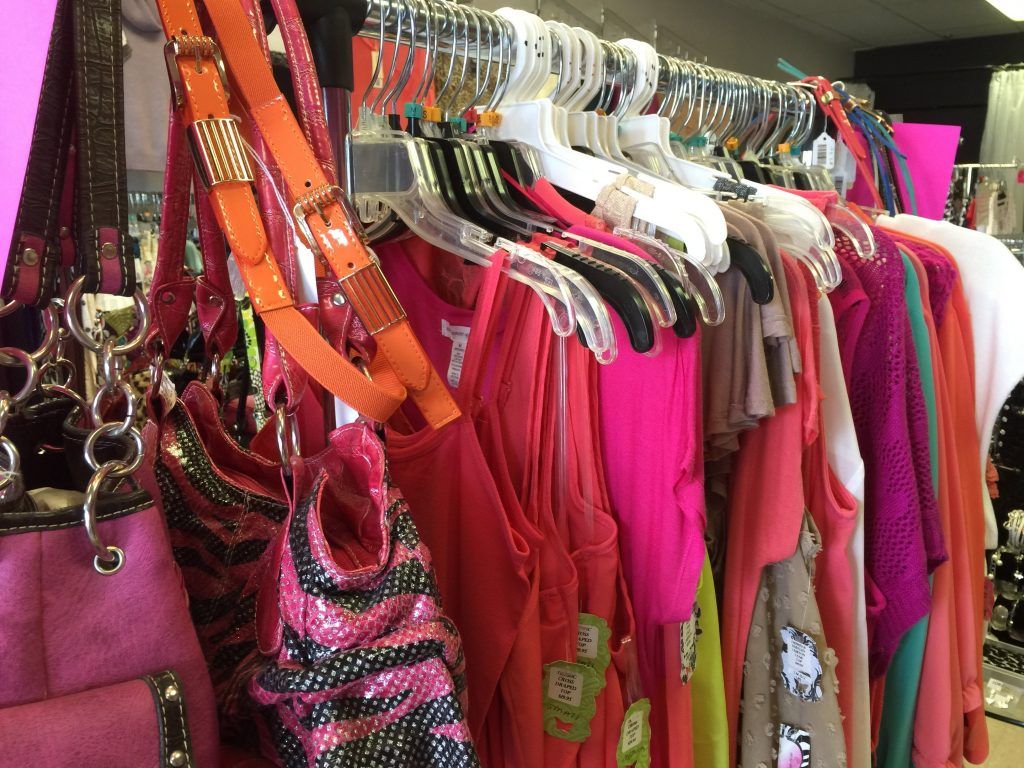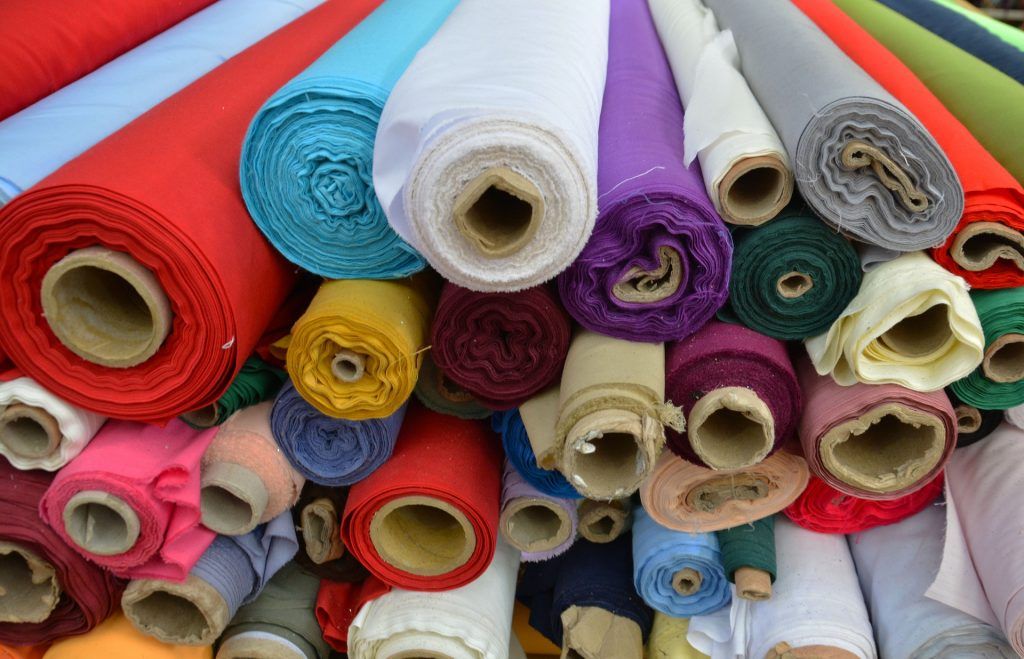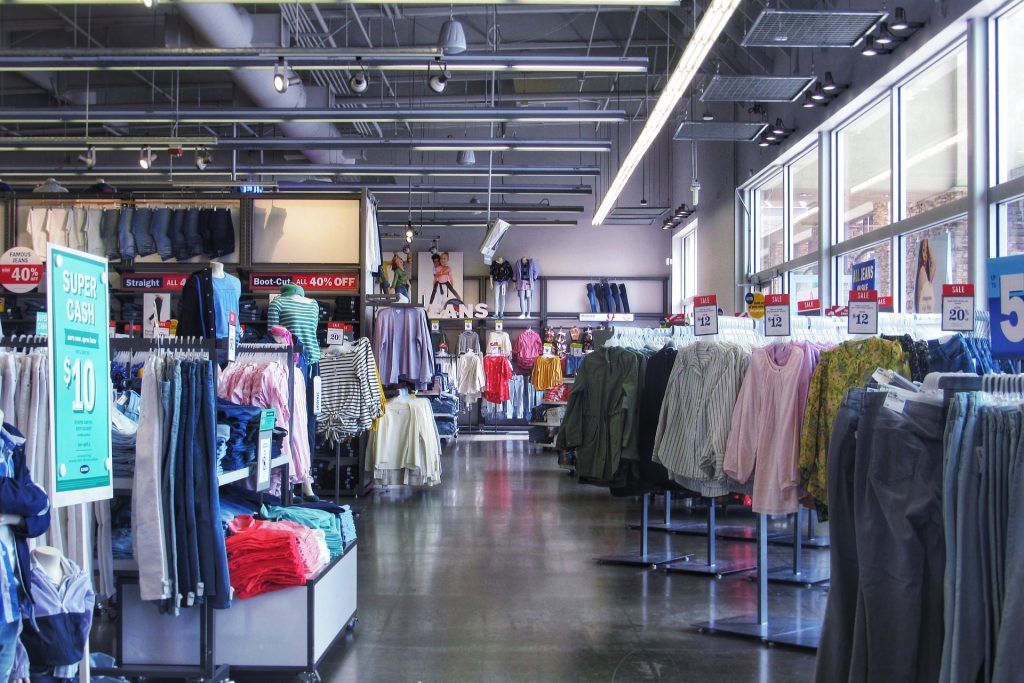By Rob Snaith
An unsustainable system
With the 2020 Paris Fashion Week currently underway, there are few global industries where the lessons of the COVID-19 pandemic are more starkly apparent. National lockdowns around the world have highlighted the fragility of linear economy supply chains, and there has been a much-discussed re-evaluation of what counts as vital, necessary or luxury. The industry has been significantly impacted by the logistical challenges and change in consumer habits over the past six months; sales have dropped, there have been significant levels of unsold stock and companies have gone out of business.
The ‘fast fashion’ consumer model of high volume, low quality, low price, and therefore easily dispensable clothing has been economically successful for fashion companies, but has massive environmental and social impacts and is the very definition of unsustainable.
In their 2017 report ‘Pulse of the Fashion Industry’, Global Fashion Agenda and the Boston Consulting Group project that by 2030 global apparel consumption will rise by 63%, from 62 million tonnes today to 102 million tonnes—equivalent to more than 500 billion additional T-shirts.
The report calculates that the environmental impacts from the global fashion industry were 79 billion m3 of water consumption, 1,715 million tonnes of CO2 emissions from energy used in materials extraction and manufacturing, and 92 million tonnes of waste produced. By 2030, they forecast that these figures will rise by 50%, 63% and 62% respectively.

Scotland is very much a part of this impact, with our industry employing over 8,000 people across the country, and exporting to over 150 countries worldwide.
There is growing awareness of the environmental impact of the industry and, as with all sectors, companies are keen to publicise how they are tackling the issue. High-profile take-back schemes and encouraging the donation of unwanted items to charity shops appear to demonstrate admirable aspirations, and make good PR copy, but they are only a finger in the dam when compared to the industry’s driving business model.
What changes are needed?
So what to do? What does ‘building-back-better’ into a more circular textiles industry actually look like?
We don’t like change, we don’t like risk. And the people that run businesses especially don’t like change or risk. So to make the changes required for an industry to transition into one which operates sustainably within its, and all of our, environmental boundaries, the risks involved need to be outweighed by the potential benefits.
As part of Ricardo Energy and Environment’s work in engaging and supporting businesses of all sizes, we explain key business models through which they can benefit from circular economy ideas.

The process of identifying, developing and implementing circular practice for any organisation is the same, it is a logical progression through the following steps:
Step 1 – Ask five fundamental questions:
- What is our key product or service?
- How do we deliver it?
- What raw materials does it require?
- What secondary / enabling resources does it require? (energy, water, packaging etc.)
- What wastes or by-products does it produce?
Step 2 – Analyse the answers to those questions, considering what opportunities there are to introduce the ideas of the five circular business models.
Step 3 – Once opportunities have been identified, work to understand all of their risks and benefits:
Financial:
- What are the costs associated?
- What will the delivery model look like?
- What are the revenue streams?
Environmental:
- How will our resource consumption change?
- What will be the long-term impact of our new offering?
Commercial:
- How will our customers react?
- Is there a market for it?
- How do we engage with that market?
- How will our reputation be affected?
- What regulatory considerations do we need to be aware of?
Social:
- How will this change affect the communities we operate in?
- What will be the impacts for our suppliers?
Step 4 – Compare those risks and benefits to the impacts of not changing at all.
Step 5 – Gather the results of these investigations into a business case for change, to secure any internal or external support and resources required to make it happen.
When applying this thought process to the textiles industry as a whole, three main necessities for large scale change become evident. Overarchingly, there needs to be a shift towards the use of more sustainable materials, and an accompanying shift towards them being utilised in more circular ways – bringing in cradle-to-cradle ideas of design for longevity, design for repair or remanufacture and resource efficient manufacturing processes.

But perhaps even more fundamental than that, two mutually dependant systemic changes need to be enacted. The core delivery model of the industry needs to shift from ‘fast-fashion’ to one where the concept of access to clothing instead of outright ownership is more prevalent, through product-as-a-service models or facilitated sharing platforms.
For that shift to take root, consumers – all of us – need to be engaged and made aware of the alternative options, and convinced that they represent an accurate reflection of our personal values. Therein lies the classic chicken-and-egg barrier to innovation; businesses will not wholeheartedly change their practices unless the market votes with its collective wallet, but that market can’t vote conclusively without a viable choice of distinct alternatives.
Help, and hope, is at hand
To overcome this barrier there needs to be a combination of two factors; courageous organisations willing to be the standard bearers for the new mode, and support – financial, technical and legislative – from governments and industry bodies to de-risk that courage.
Thankfully these factors do exist. None of this is new information, and it is already on the agenda of the UK and Scottish governments. The Environmental Audit Committee produced a report on sustainability in fashion in 2019. The All-Party Parliamentary Group for Ethics and Sustainability in Fashion published a report just last month about the impact of COVID-19 and how the industry should respond. In Scotland the Circular Economy Bill, although now on hold due to COVID-19, includes actions around tackling fast fashion and the compulsory reporting of surplus stock.
Most importantly the industry itself knows it has a massive, if not existential, issue to address. Environmental awareness among the public is at an all-time high and continuing to grow, driving consumption habits and examination of the sustainability credentials of suppliers and retailers.
There are many examples of organisations making large strides towards change, along with Scottish, UK and European Government and NGO initiatives to support and drive the transition to a more sustainable, circular way of doing things.[1]
Here in Scotland, there is significant government funded support available for organisations looking to investigate circular economy options, both technical and strategic assistance through its Circular Economy Business Support Service, and financial support through the Circular Economy Investment Fund.
In helping to deliver a lot of this support over recent years, Ricardo Energy & Environment have worked with many Scottish fashion industry organisations doing great things. These include:
- A Lanarkshire based firm specialising in clothing rental services, as well as ensuring zero waste to landfill, employing an innovative low-impact Ozone sanitisation technology, and partnering with high street retail brands to offer repurposing and remanufacturing services for returned garments.
- A cashmere manufacturer in Tayside investigating the use of wool mill offcuts for remanufacture into its range of high quality, designed for longevity, products.
- A subscription service for baby and toddler clothes in Edinburgh. Offering a full customisable wardrobe package for everything a child needs up to 3 years old, items can be returned when they need to be ‘sized-up’ and a new selection is supplied. Returned items are cleaned, repaired where necessary, and circulated back into the available inventory.
For these businesses, and many more, we helped to analyse and engage the markets for their offerings, refined operational models and supported business planning, including financial and environmental modelling, to improve the understanding of investments needed through the growth stages.
So change is afoot, and it is gaining traction. But these are just the first, tentative, stages of the fashion revolution. For the large-scale systemic transformations required to decisively embed a circular textiles industry, the support and incentives available need to be maintained and even strengthened to allow more and more businesses to get on board and build the critical mass. Also, the education and engagement of the buying public needs to be ramped up to drive home the necessity of a different trend for fashion.
Rob Snaith Biography
Rob Snaith is a senior consultant and experienced project manager within Ricardo Energy & Environment’s Circular Economy team. He has extensive experience in managing projects and delivering impartial, in-depth consultancy and auditing services across a broad range of environmental sustainability topics to a broad range of clients and stakeholders.
Rob manages projects and teams delivering successful outcomes for a diverse range of clients, from national and local government, through NGOs and sector-wide bodies, to community organisations and businesses of all sizes. Rob’s work includes:
- Inter and intra-national reviews and assessments of circular economy best practice and innovative technologies and business models to inform policy and regulatory recommendations and decisions.
- Supporting individual organisations and collaborative groups to develop and deliver circular business models and initiatives. Rob co-ordinates and delivers all stages of projects, incorporating initial innovation and ideation; market assessment stakeholder engagement; operational, financial and environmental modelling; marketing and communications support; and pilot design, delivery monitoring and assessment.
- The design and delivery of effective training, engagement and innovation guidance documents and workshops, covering topics such as resource efficiency and circular economy fundamentals, circular procurement and circular construction.
To discuss how Rob and Ricardo Energy and Environment’s Circular Economy team can help your organisation, or just to share your thoughts on this topic, please get in touch at rob.snaith@ricardo.com.
[1] For example, Zero Waste Scotland, Wrap, EU Circular Economy Action Plan, Ellen Macarthur Foundation, Common Objective, London Waste and Recycling Board.
